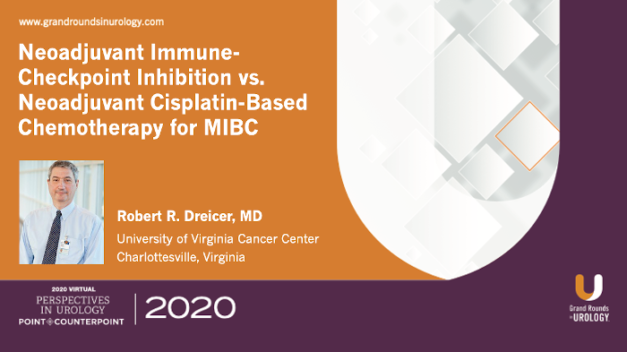Expectations for Mentorship Among APPs: What Urologists Should Know
Mikel L. Gray, PhD, PNP, FNP, CUNP, CCCN, FAANP, FAAN, provides guidance on how Urologists and APPs can get the most out of mentorships. Dr. Gray begins by reviewing the critical importance of APPs in Urology, and highlighting the AUA’s history of explicit support of APPs in urologic practice.
Dr. Gray then outlines the general experiences of APPs regarding training and fellowship in urology practices, and the lack of available structure for advancement. He outlines the various paths for APPs to enter into practice, and the challenges they represent.
Dr. Gray then turns to the role of the Urologist in mentoring urologic APPs. He explicitly highlights the “4 Cs” that the Mentor Urologist must actively facilitate for a successful mentorship: Connection, Conversation, Community, and Culture.
Dr. Gray concludes by providing guidance on what an APP should actively seek out in a mentor. He underscores the importance of finding the right mix of subspecialty and general urology in a practice, and seeking both Urologist and APP mentors.
Read More


